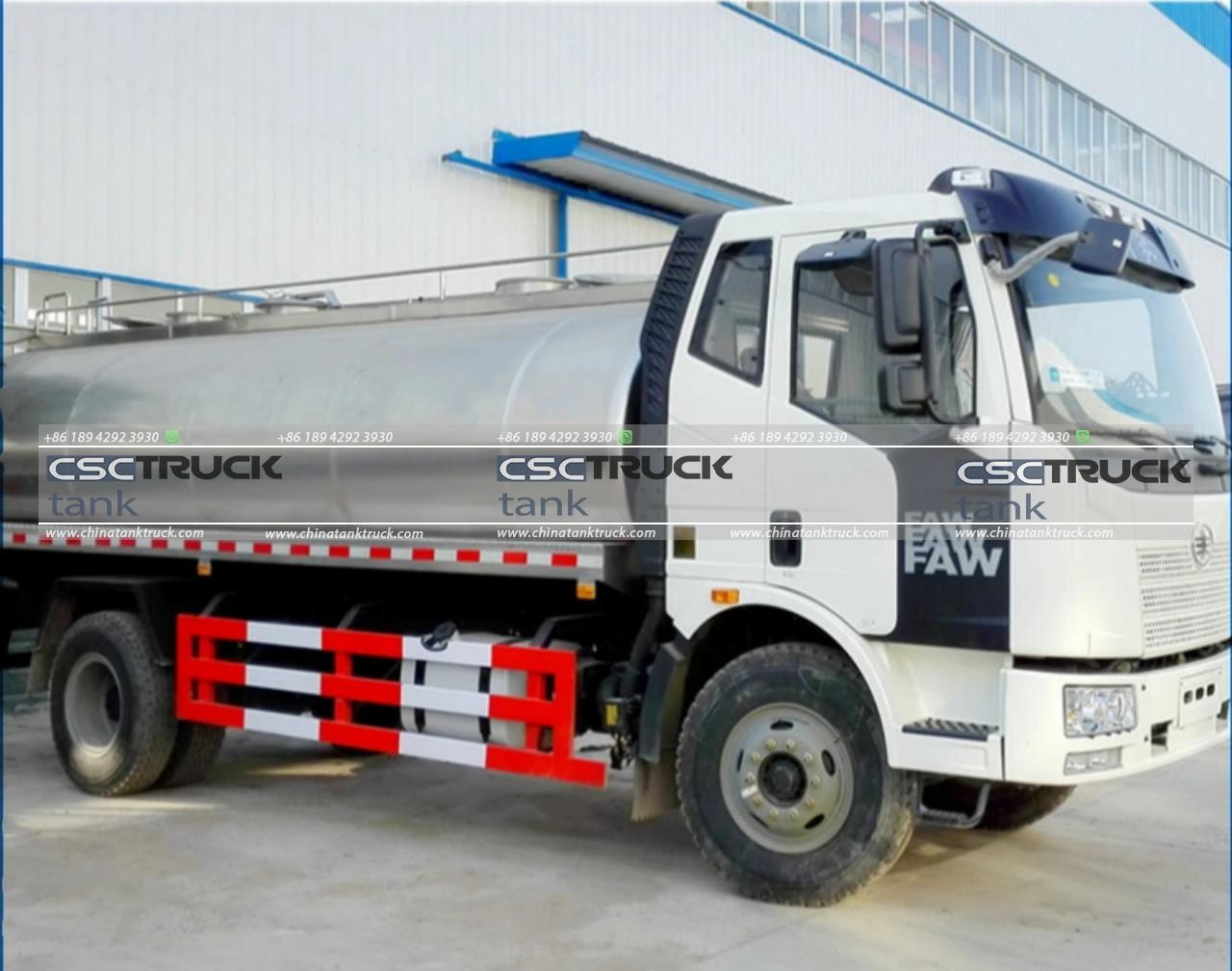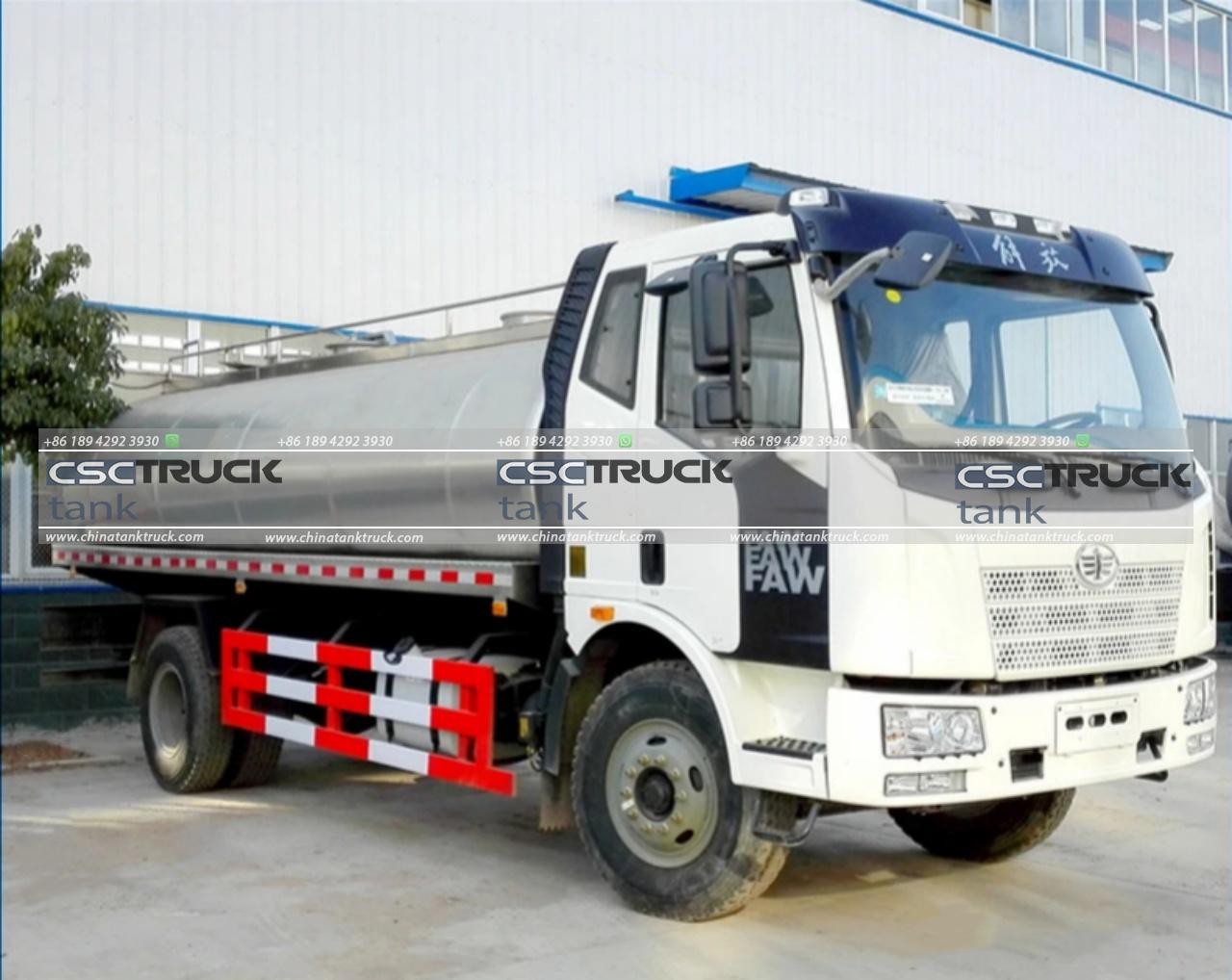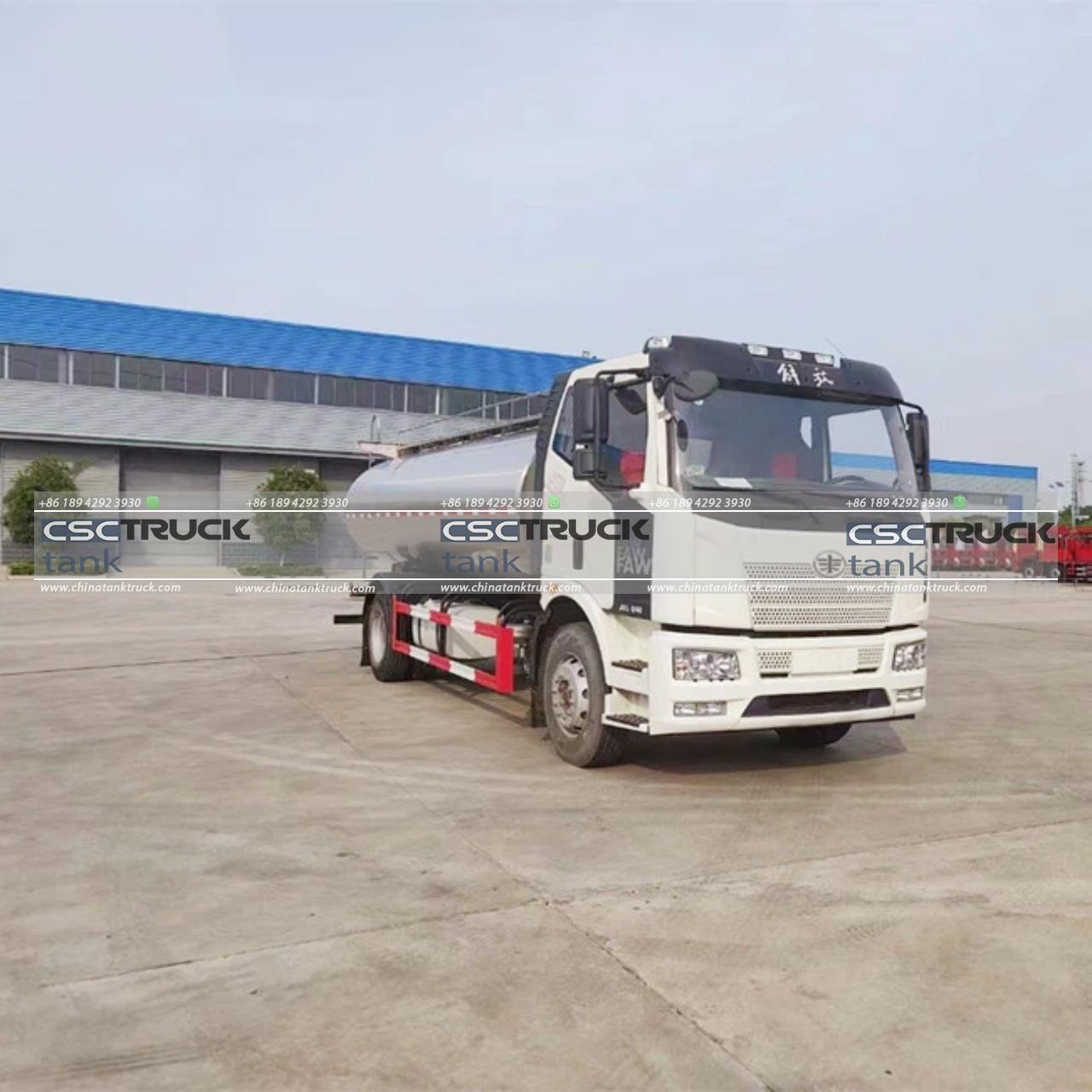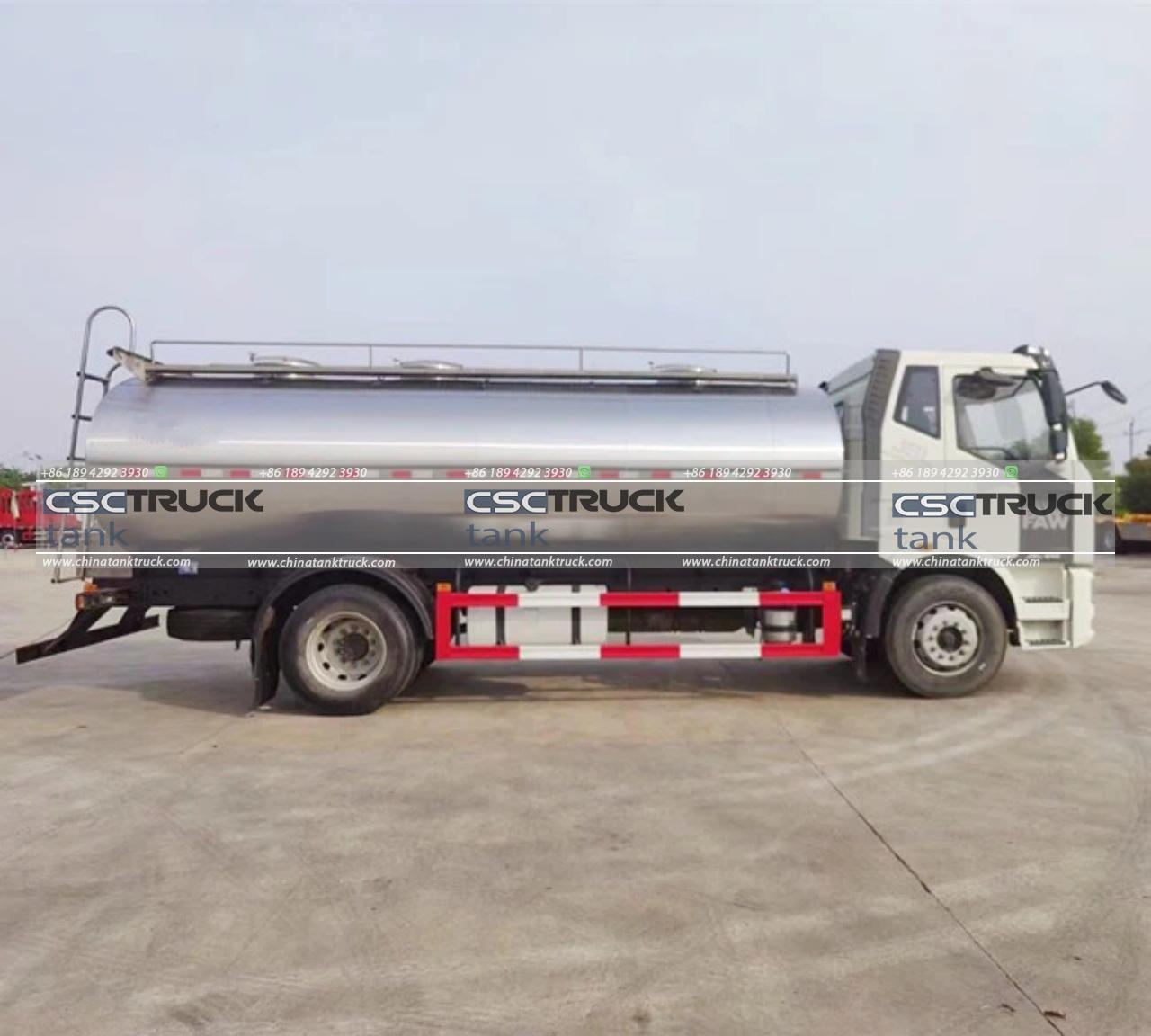How Much Does a Fully Loaded Milk Tanker Weigh?
Milk is a staple commodity that plays a critical role in global nutrition, and its transportation from farms to processing facilities is a key element in the dairy supply chain. The transportation of milk is typically handled by specialized vehicles known as milk tankers, which are designed to maintain the quality of the milk during transit. One of the most important aspects of these tankers is their weight, both when empty and when fully loaded. Understanding the weight of a fully loaded milk tanker is crucial for logistics, safety, and regulatory compliance in the transportation industry.
The Anatomy of a Milk Tanker
Before delving into the weight specifics, it’s essential to understand the structure of a milk tanker. Milk tankers are specially designed trucks equipped with insulated stainless steel tanks that preserve the freshness of the milk by keeping it at a stable, cool temperature during transportation. These tanks are cylindrical and can be either single-compartment or multi-compartment, depending on the design and intended use.
The tank itself is typically made from stainless steel due to its durability and resistance to corrosion, which is essential for maintaining the quality and safety of the milk. The insulation layer, usually made from materials like polyurethane foam, helps keep the milk cool. The tank is mounted on a heavy-duty chassis, which is capable of supporting the weight of the milk and the tank itself.

The Capacity of Milk Tankers
The capacity of a milk tanker can vary significantly depending on the design and the regulations of the country in which it operates. Generally, milk tankers come in various sizes, with capacities ranging from around 3,000 liters (about 800 gallons) for small tankers to over 30,000 liters (nearly 8,000 gallons) for large, articulated tanker trucks.
For example, a typical large milk tanker used in the United States might have a capacity of around 8,000 gallons. To understand the weight of a fully loaded milk tanker, we need to consider both the weight of the milk and the weight of the tanker itself.
Weight of the Milk
Milk is a relatively dense liquid, with a density of approximately 1.03 kilograms per liter. This means that each liter of milk weighs about 1.03 kilograms or roughly 8.6 pounds per gallon. To calculate the weight of the milk in a fully loaded tanker, we multiply the volume of milk by its density.
For a large milk tanker with a capacity of 8,000 gallons:
8,000 gallons × 8.6 pounds per gallon = 68,800 pounds of milk
Converting this to metric units:
68,800 pounds ÷ 2.20462 pounds per kilogram = 31,215 kilograms of milk
So, the milk in a fully loaded large tanker weighs approximately 31,215 kilograms.

Weight of the Empty Tanker (Tare Weight)
The weight of the empty tanker, known as the tare weight, also varies depending on the size and construction of the tanker. A typical large milk tanker might weigh anywhere from 10,000 to 15,000 kilograms (approximately 22,000 to 33,000 pounds) when empty. This weight includes the tank, the chassis, the engine, and all other components of the truck.
Let’s assume an average tare weight of 12,000 kilograms (about 26,455 pounds) for a large milk tanker.
Total Weight of a Fully Loaded Milk Tanker (Gross Vehicle Weight)
To find the total weight of a fully loaded milk tanker, known as the gross vehicle weight (GVW), we simply add the weight of the milk to the tare weight of the tanker.
Using our previous calculations:
In pounds, this is:
43,215 kilograms × 2.20462 pounds per kilogram = 95,285 pounds
Therefore, a fully loaded large milk tanker can weigh approximately 43,215 kilograms or about 95,285 pounds.

Regulatory Considerations
In many countries, the weight of vehicles is regulated to ensure road safety and prevent damage to infrastructure. For example, in the United States, federal regulations typically limit the maximum weight of a truck to 80,000 pounds on interstate highways, though there are exceptions and variations depending on the state and the specific configuration of the vehicle.
Given that a fully loaded milk tanker can exceed this limit, operators often need to ensure they are compliant with local regulations. This may involve adjusting the amount of milk carried, choosing specific routes that allow for heavier loads, or obtaining special permits.
Factors Affecting the Weight of a Milk Tanker
Several factors can influence the weight of a fully loaded milk tanker:
1. Tank Size and Design: As mentioned, the capacity of the tanker plays a significant role in its total weight. Larger tanks naturally hold more milk, increasing the overall weight.
2. Type of Milk: While the density of milk is fairly consistent, factors such as fat content can cause slight variations in weight. For example, whole milk may weigh slightly more than skim milk due to the higher fat content.
3. Insulation and Tank Material: The thickness and type of insulation, as well as the material used for the tank, can affect the tare weight of the tanker. Thicker insulation might be used for long-distance transport, increasing the overall weight.
4. Additional Equipment: Some milk tankers may be equipped with extra features, such as pumps, hoses, or temperature control systems, which can add to the tare weight.
5. Fuel and Driver: The weight of the fuel in the truck’s tank and the driver also contribute to the total weight, though these are relatively minor compared to the milk and the tanker itself.

Importance of Weight Management in Milk Transportation
Proper weight management is crucial in the milk transportation industry. Overloading a milk tanker can lead to several problems, including:
– Increased Wear and Tear: Excessive weight can accelerate the wear and tear on the truck, leading to more frequent maintenance needs and potentially shortening the vehicle’s lifespan.
– Safety Risks: An overloaded truck is harder to control, especially when braking or navigating turns, increasing the risk of accidents.
– Regulatory Violations: Exceeding weight limits can result in fines, legal issues, and restrictions on operations, particularly if the truck is found to be non-compliant during inspections.
– Infrastructure Damage: Overweight vehicles can cause damage to roads and bridges, leading to costly repairs and infrastructure issues.
Conclusion
Understanding the weight of a fully loaded milk tanker is essential for the efficient and safe transportation of milk. A large milk tanker can weigh approximately 95,285 pounds (43,215 kilograms) when fully loaded, depending on various factors such as tank size, type of milk, and tanker design. Proper weight management is not only a matter of regulatory compliance but also crucial for maintaining road safety and ensuring the longevity of transportation equipment. As the dairy industry continues to grow, the role of milk tankers in delivering fresh milk from farms to consumers will remain vital, making weight considerations a key aspect of this essential service.


